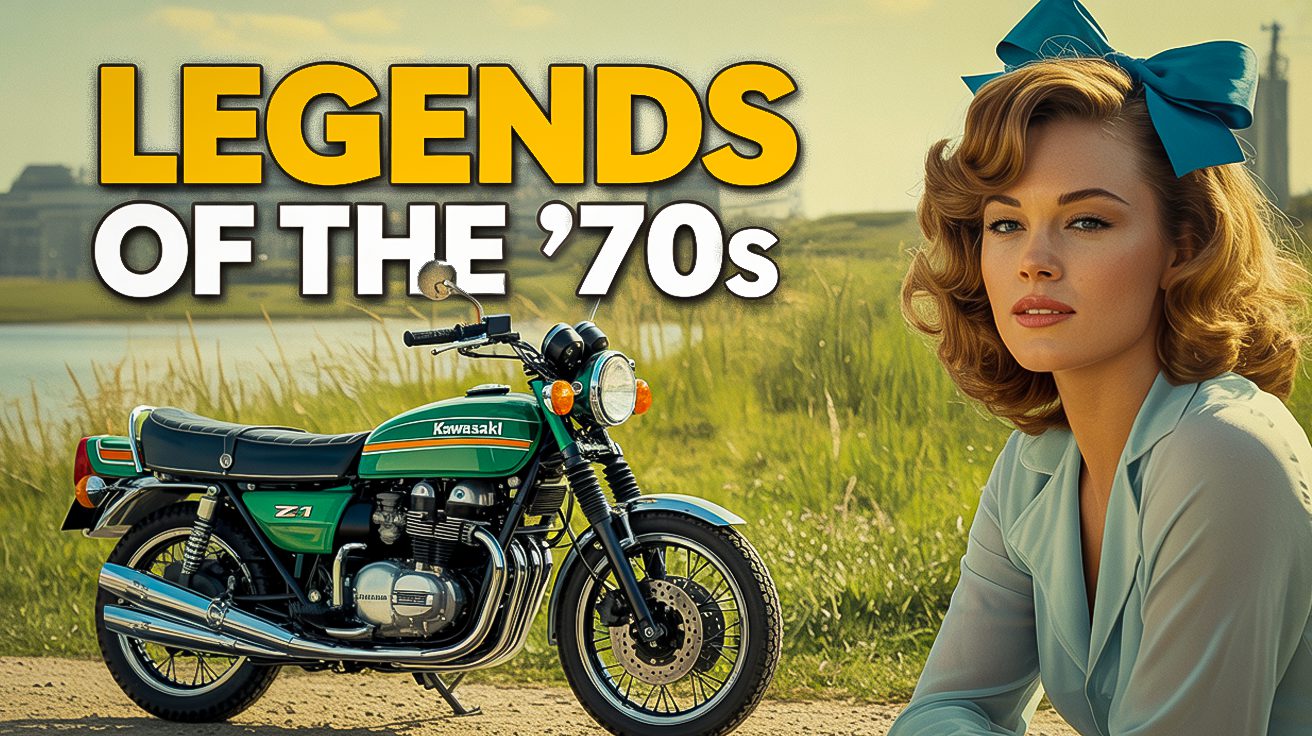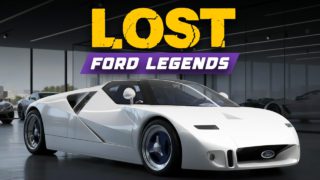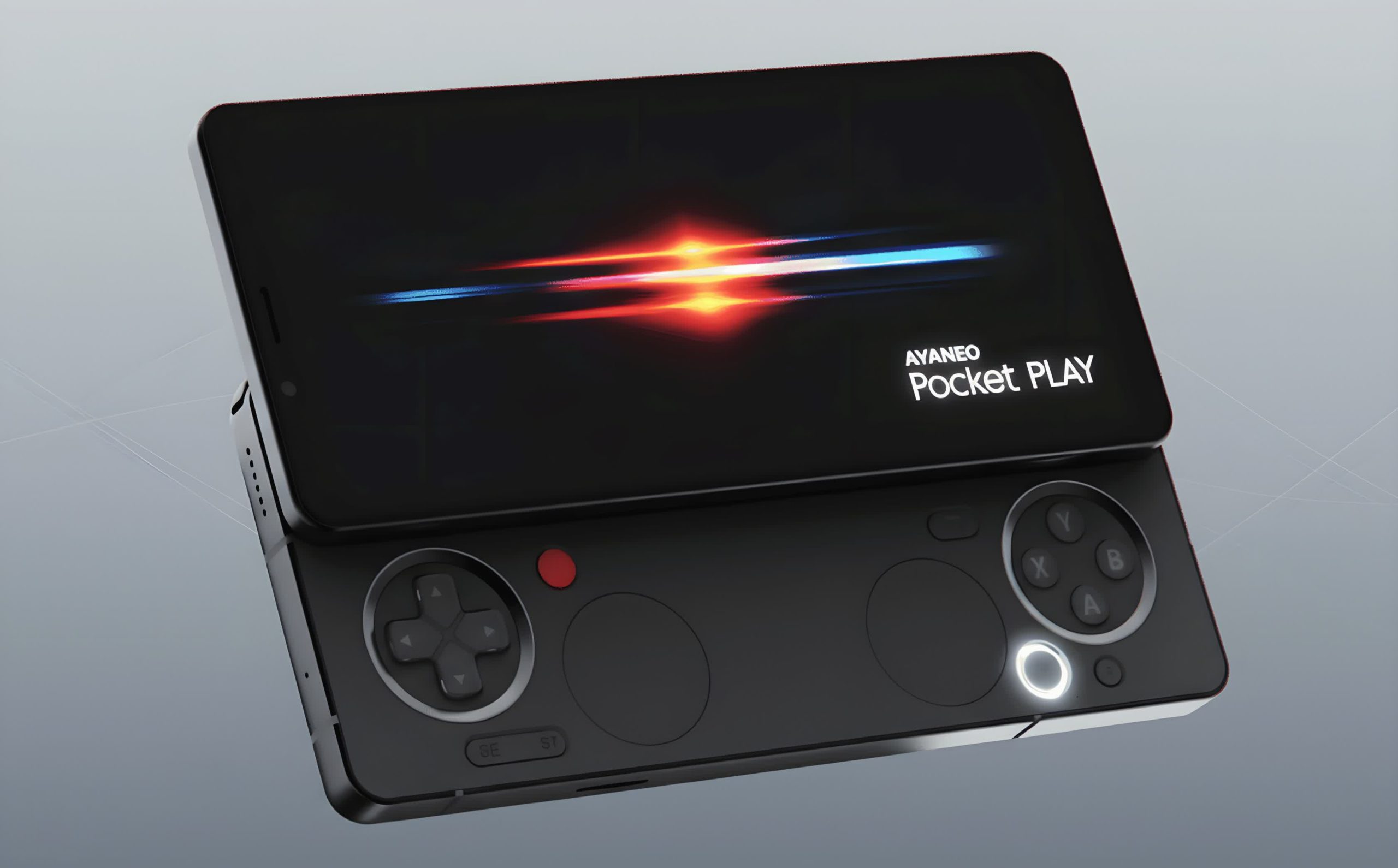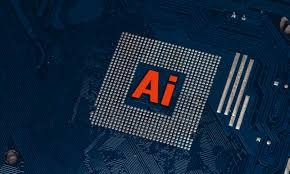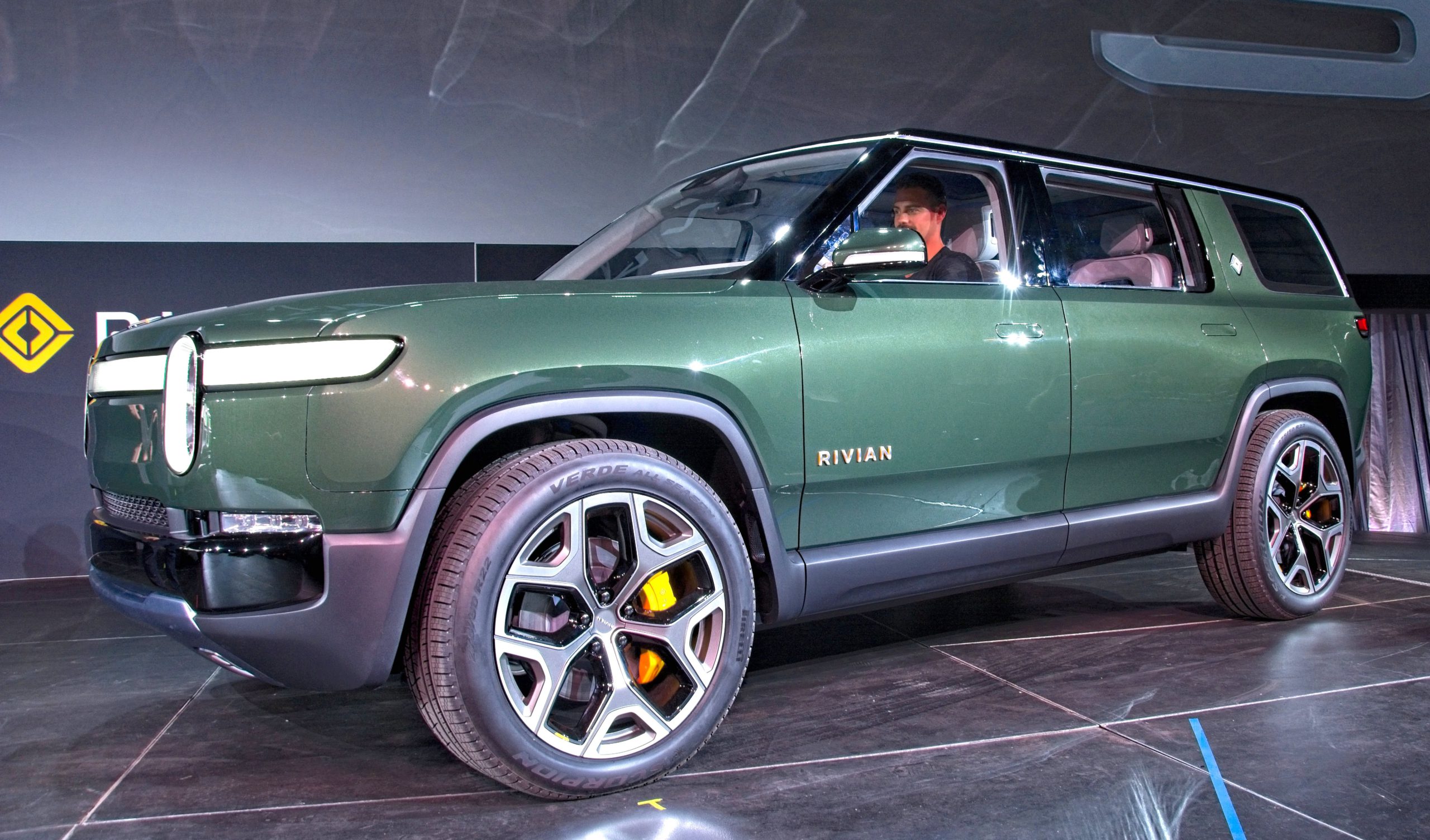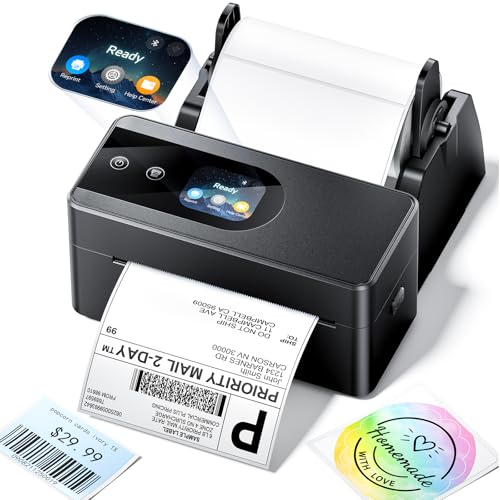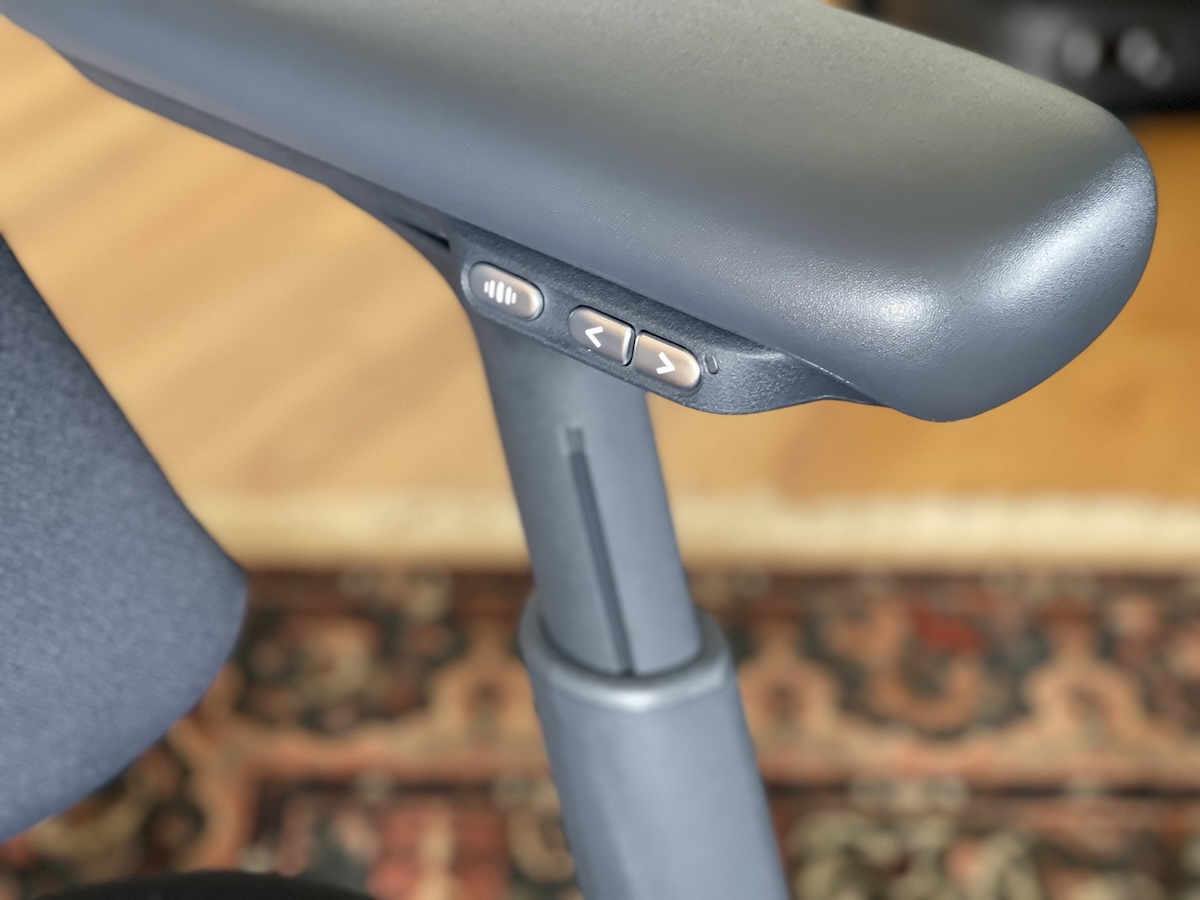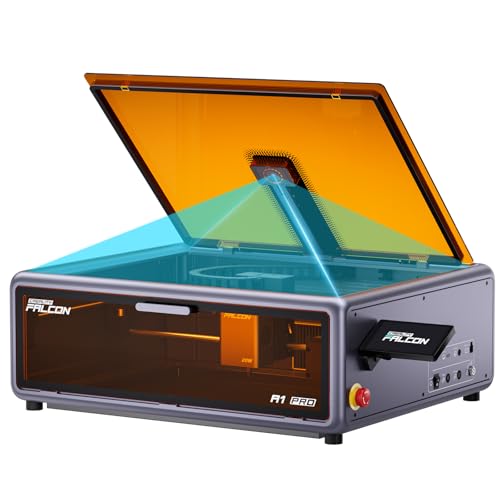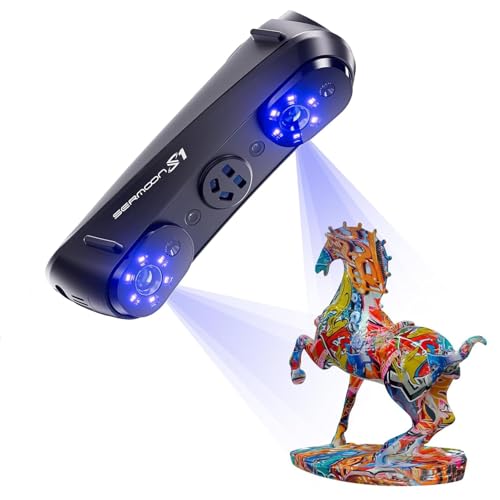Picture a decade when rebellion screamed down highways at triple-digit speeds. The 1970s redefined what was physically possible on two wheels. These ten mechanical marvels pushed boundaries with a thunderous exhaust note that can still be heard echoing through motorcycle history today. Like the latest Marvel superhero movie, where normal humans suddenly discover extraordinary powers, these bikes transformed ordinary riders into gods of speed.
10. Suzuki GT750
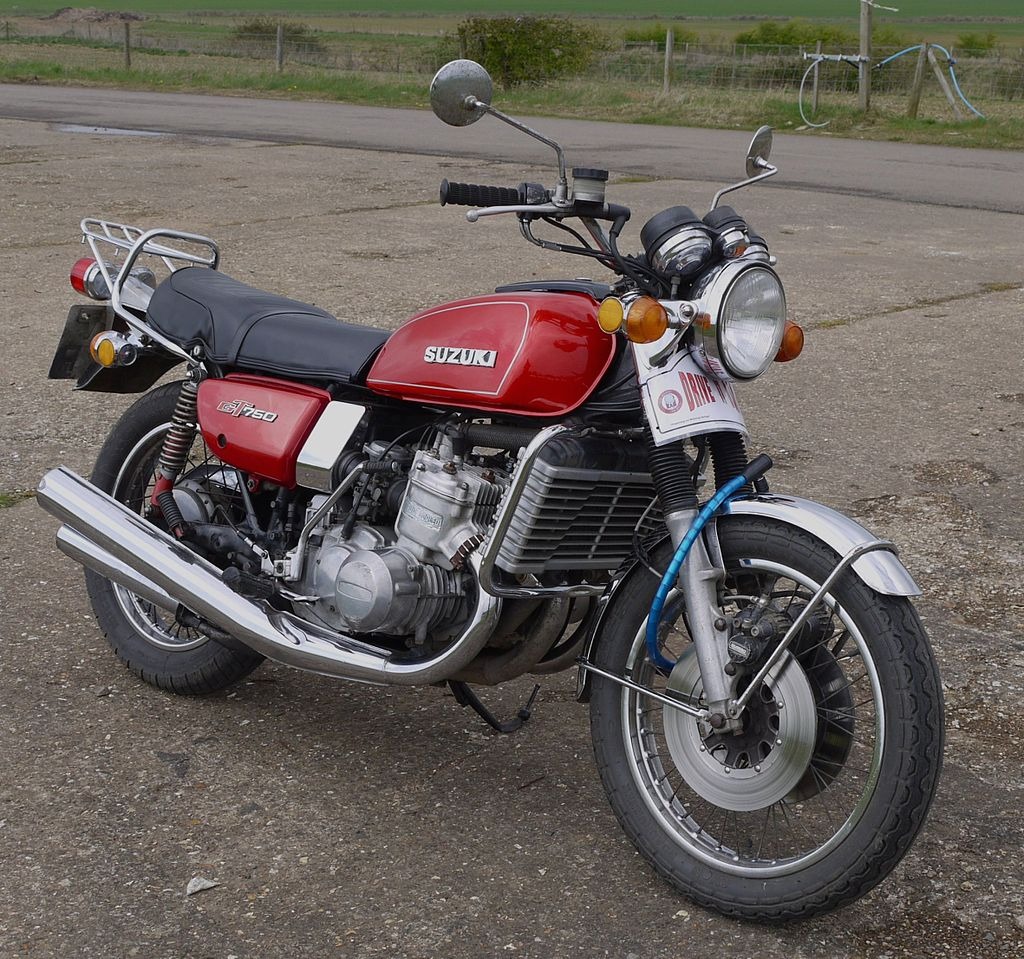
The Suzuki GT750 redefined expectations for motorcycle excellence. Known variously as “Kettle,” “Water Bottle,” or “Water Buffalo,” this substantial machine stretched 2,210mm in length. Those twin front disc brakes complemented its revolutionary 739cc two-stroke triple that produced 67 horsepower at 6,500 RPM, reaching speeds of 110 mph.
The liquid-cooled engine represented groundbreaking technology in an air-cooled world. That 5-speed transmission effectively managed the considerable power, delivering a smooth riding experience. The GT750 created an entirely new motorcycling segment, blending sport performance with long-distance comfort—similar to how Tesla redefined what electric vehicles could be. Its influence continued through the countless touring models that followed.
9. Yamaha XS650
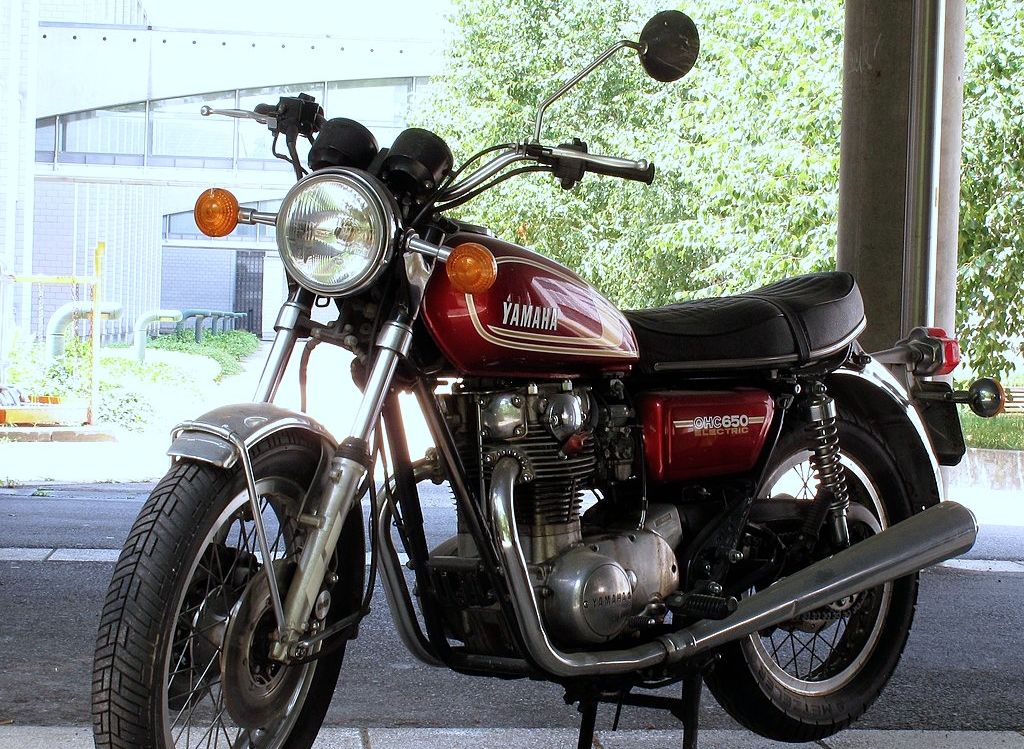
The Yamaha XS650 flourishes decades later. This robust 654cc parallel-twin churns out 53 horsepower at 7,000 RPM. The tubular steel frame offers incredible durability, while the 5-speed gearbox clicks through ratios with precision. Many riders compare its reliability to their most dependable smartphone that never needs a reboot.
This motorcycle became Kenny Roberts’ weapon of choice in dirt track racing, proving its worth beyond its classic round headlight and timeless lines. Like modern off-road vehicles that excel in multiple environments, the XS650 demonstrated versatility that few machines of its era could match. When hunting for one today, prepare to part with between $4,000 and $7,000. The XS650 matures like fine wine, becoming increasingly desirable while electronics from the same era have long since disappeared.
8. Kawasaki Z1R 1000
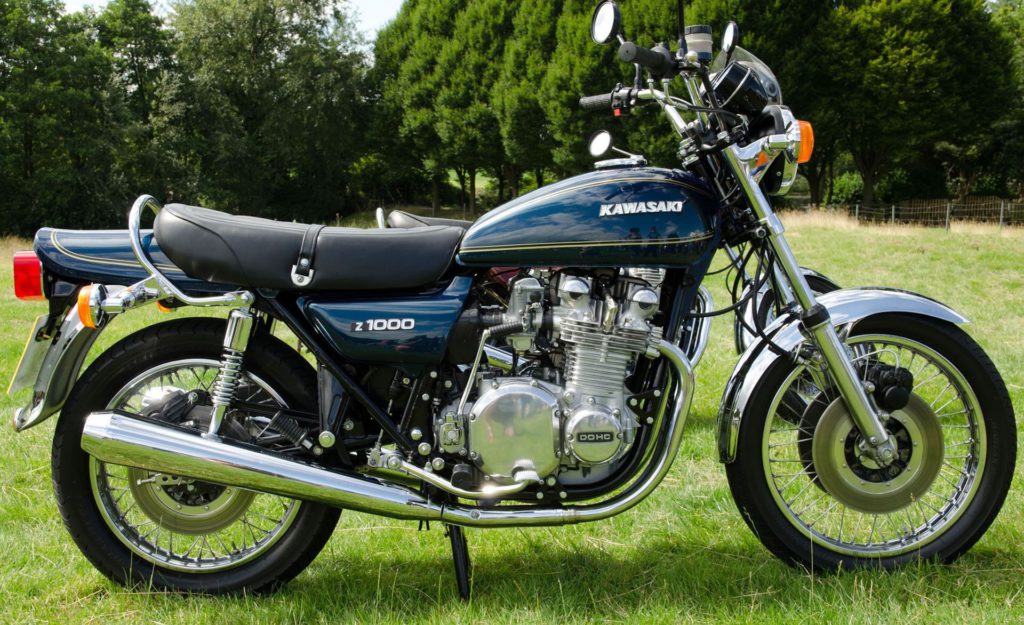
The Kawasaki Z1R 1000 stands as an icon of 1970s excess. This pioneering machine brought factory aerodynamic fairings to production bikes when competitors offered minimal wind protection. The 1016cc air-cooled dual overhead cam inline-four produces 90 horsepower at 8,000 RPM—achieving 132 mph with authority.
That double cradle frame and suspension setup manage the considerable power while the triple-disc brake system provides necessary stopping capability. Available today for between $2,000 and $5,000 depending on condition, the Z1R represents remarkable performance value—offering power figures that remain impressive five decades later. It delivers acceleration that alters perception of what’s possible on two wheels, like experiencing virtual reality for the first time.
7. Honda CB400F
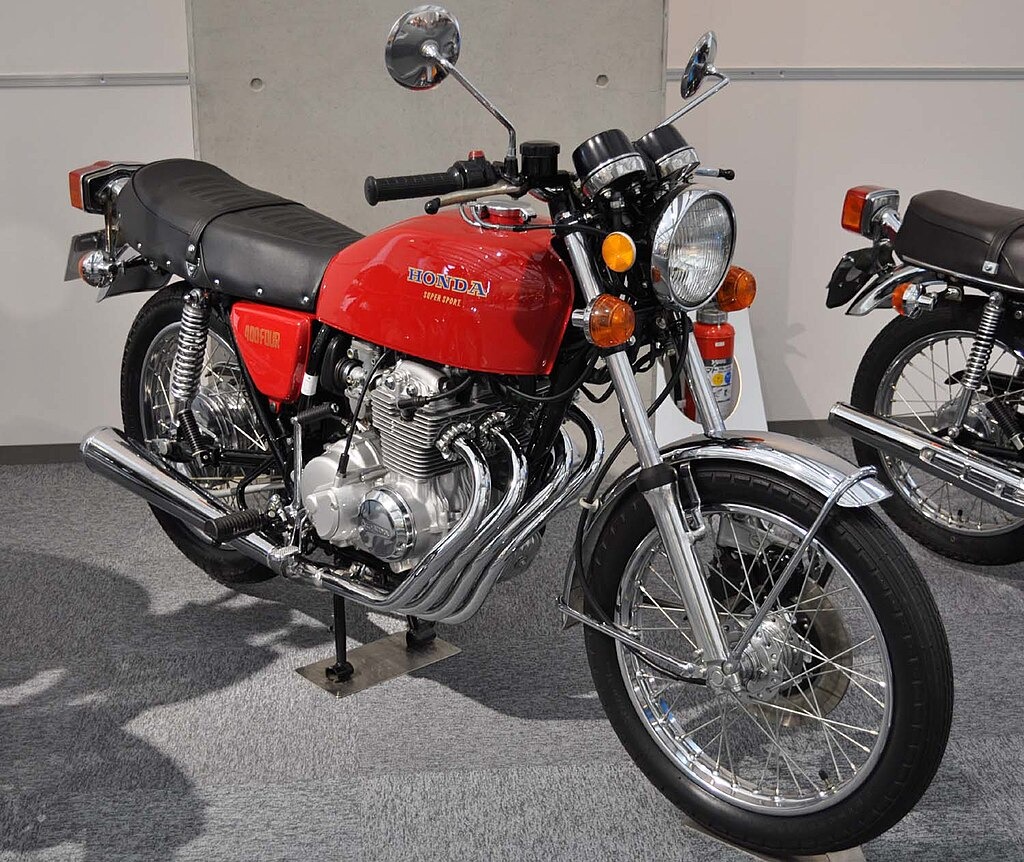
The Honda CB400F arrives with refinement when most competitors offered brute force. This 408cc air-cooled inline-four produces a civilized 37 horsepower at 8,500 RPM. This motorcycle pioneered Honda’s first six-speed transmission, giving riders unprecedented control.
Its Café Racer styling, with tucked handlebars and a 4-into-1 exhaust system, made competitors look outdated. The CB400F’s handling characteristics respond to inputs with impressive accuracy, making it the thinking rider’s choice. The CB400F proved that refinement could exist in a world obsessed with power.
6. Kawasaki KH500
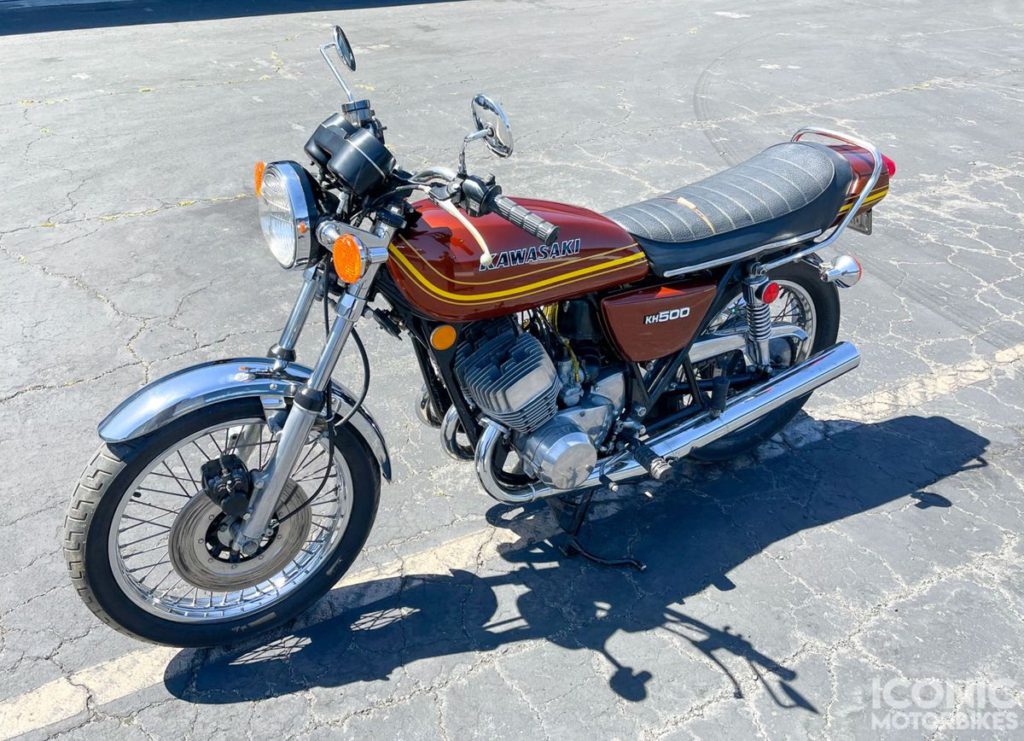
The Kawasaki KH500—the infamous “triple”—resulted from engineers prioritizing excitement above all else. This mechanical marvel features a lightweight frame housing a 498cc two-stroke triple that releases 52 horsepower with dramatic urgency. Those telescopic hydraulic front forks work to maintain road contact, while the disc/drum brake combination manages deceleration duties.
That distinctive three-cylinder sound makes itself known unmistakably. The KH500 represents Kawasaki’s evolution from the earlier H1 model, with improved handling characteristics. Riding one today delivers an experience so engaging that it makes modern motorcycles feel sanitized in comparison. The KH500 accelerates with authority that continues to impress decades after its introduction.
5. Yamaha RD350
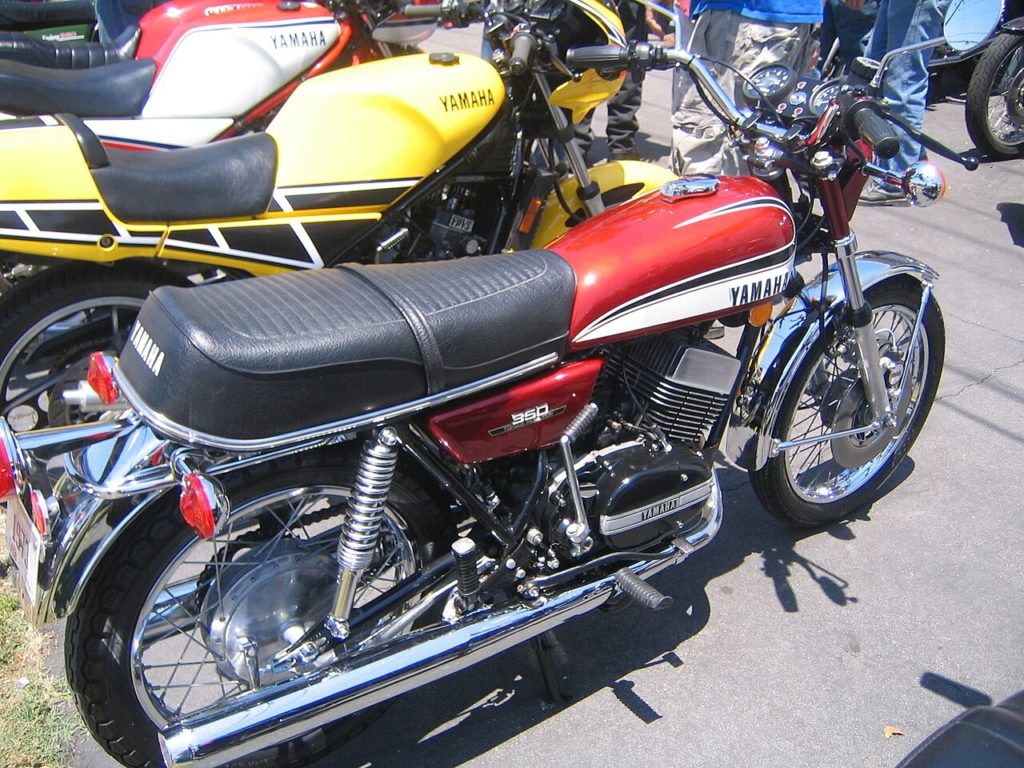
The Yamaha RD350—nicknamed the “poor boy racer”—delivers performance without requiring a crypto millionaire’s budget. This 347cc two-stroke twin unleashes 39 horsepower at 7,500 RPM—modest until you realize it’s packaged in an extremely lightweight chassis. The torque induction system and reed valve intake transformed fuel into acceleration with remarkable efficiency.
The auto-lube system eliminated premixing fuel and oil, as convenient as modern streaming services replacing DVD collections. Larger bikes boasted about size while the RD350 embarrassed them at stoplights and on twisty roads. Available today for between $1,500 and $4,000, these machines offer performance value that makes modern sport bikes seem financially questionable. The RD350 accelerates with urgency that still impresses today.
4. Honda CB750
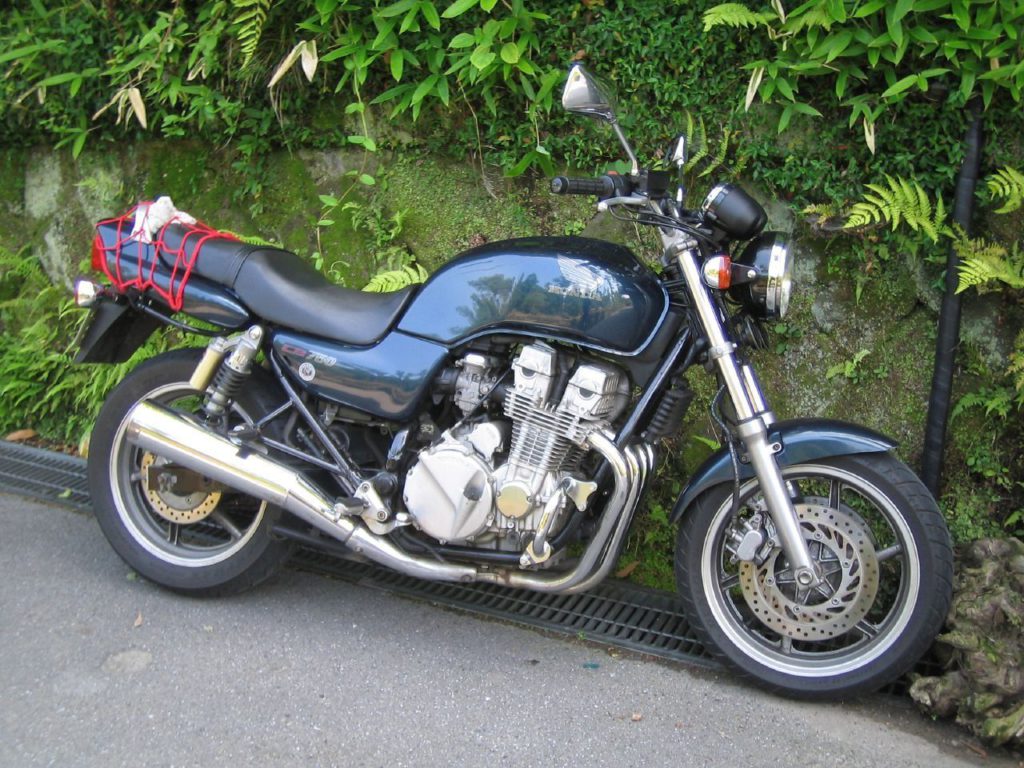
The Honda CB750 stayed in production for nearly a decade for good reason. This paradigm-shifting machine, universally acknowledged as the original “superbike,” packed a 736cc four-stroke inline-four that produced 67 horsepower at 8,000 RPM, reaching speeds of 123 mph. Its significance divided motorcycling into “before” and “after” categories.
The overhead camshaft and electric start brought innovation to a world still using kick-starters, while the front disc brake offered unprecedented stopping power. The 5-speed transmission provided versatility for various riding conditions. The CB750 completely reinvented standards. This was mechanical revolution cast in aluminum and steel, changing the industry forever.
3. Suzuki GT550
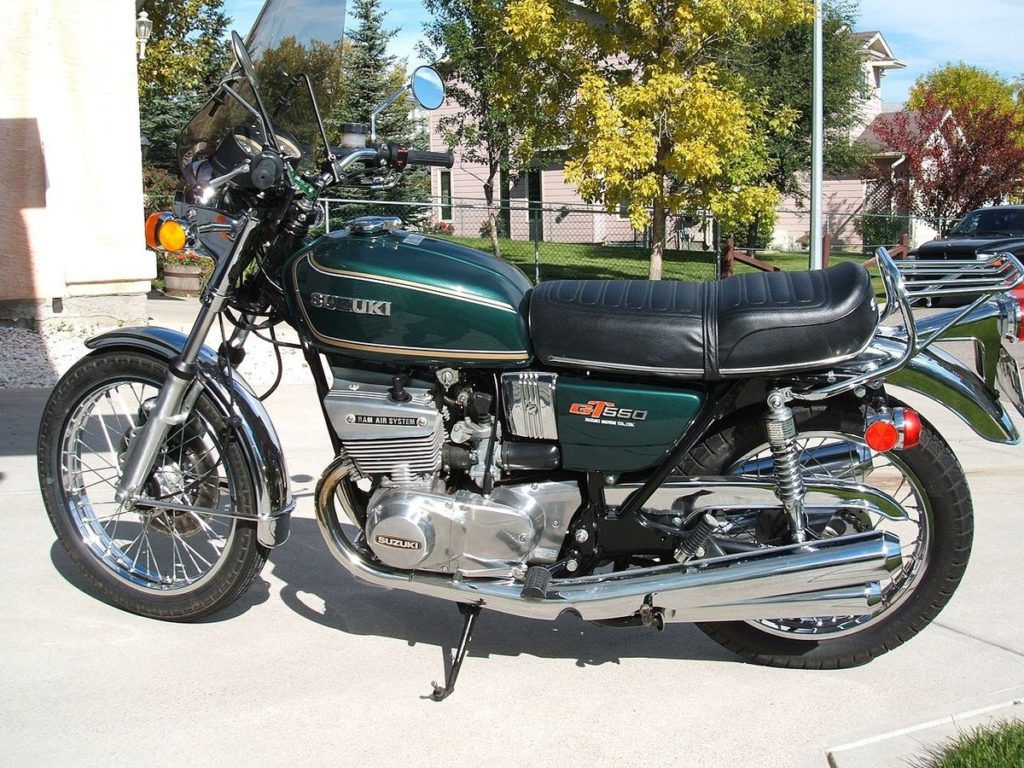
The Suzuki GT550 emerged during the mid-70s when motorcycle design creativity flourished. This “Indie” packed a 543cc two-stroke triple that pumped out 50 horsepower at 6,500 RPM—enough to propel riders to 115 mph. Its steel double cradle frame provided stability that impressed riders accustomed to less refined machines.
The 5-speed transmission offered smooth gear selection while that distinctive three-cylinder sound announced your arrival long before you appeared. The GT550 managed the rare trick of being both rapid and comfortable, like finding the perfect TikTok video that’s both informative and entertaining. Collectors seek these increasingly rare machines with growing enthusiasm.
2. Kawasaki Z900
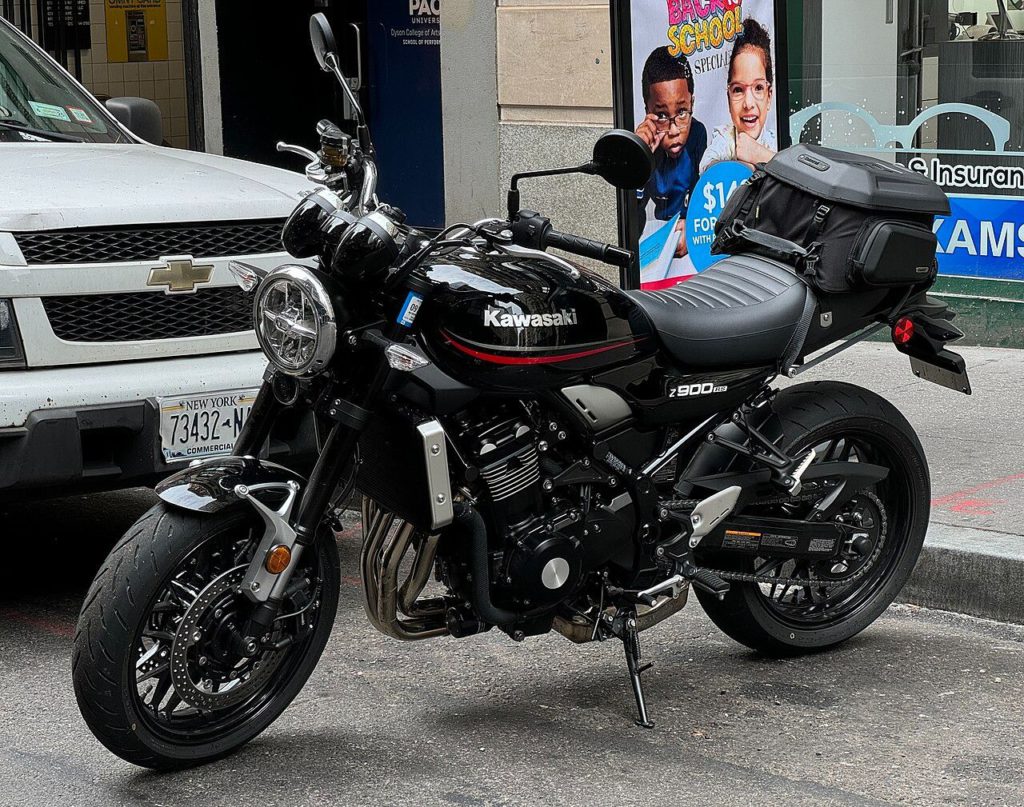
The Kawasaki Z900 stands as a legend. Initially marketed as the Z1, this mechanical masterpiece packs a 903cc four-stroke behemoth generating 81 horsepower—enough for its 120 mph top speed. The double tubular cradle frame and 36mm telescopic forks provide stability even at high speeds.
Those dual front discs and rear drum brake deliver reliable stopping power. The Z900 completely rewrote standards. Its combination of raw power delivery and surprising refinement created a blueprint that forced every manufacturer to reconsider their designs. Motorcycle enthusiasts still speak of it with reverence typically reserved for discussing the latest iPhone release.
1. Suzuki GT250
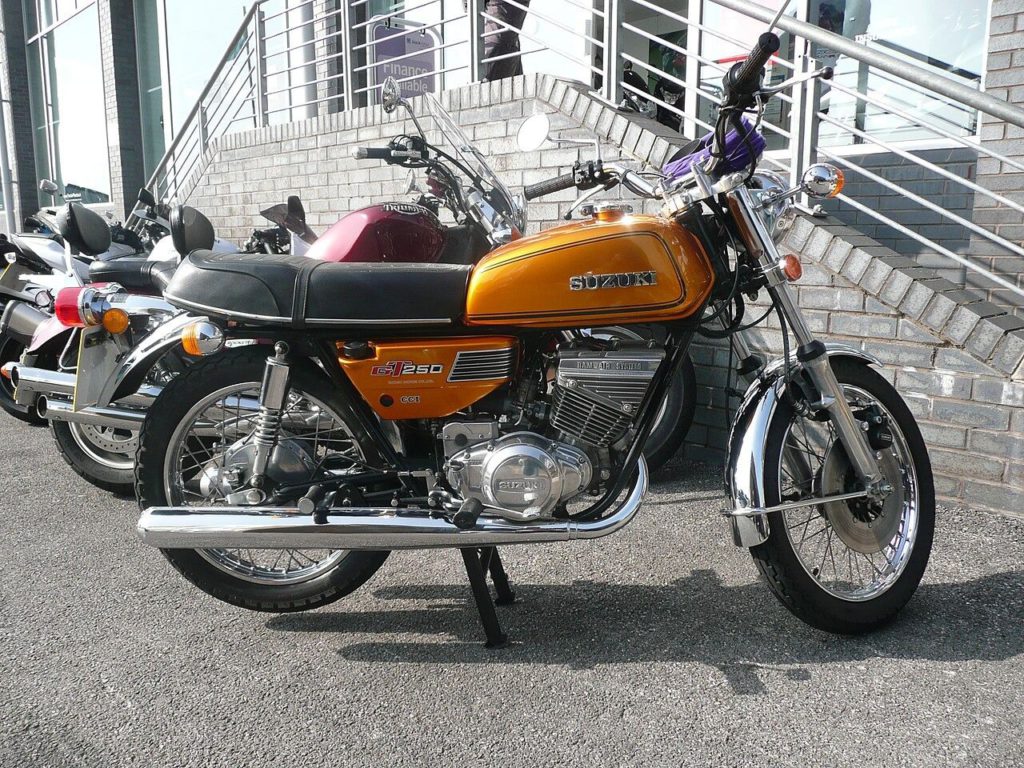
The Suzuki GT250—“The Hustler” to those in the know—packs impressive personality into its compact frame. Its 247cc two-stroke parallel twin produces 31 horsepower at 7,500 RPM. The nimble handling forgives rider errors that would trouble larger machines, making it perfect for learning while remaining engaging as skills improve.
The innovative Ram Air cooling system and Posi Force oil injection represented advanced technology for the era. That six-speed transmission offers excellent control options, while the disc/drum brake combination provides appropriate stopping power. Available today for between $1,500 and $2,500, the GT250 represents exceptional value. It educates riders in the art of momentum and cornering precision. These iconic 1970s motorcycles created the foundation for future designs. While today’s personal transport vehicles continue to evolve with new technologies, they all owe a debt to these mechanical marvels that changed motorcycling forever.


